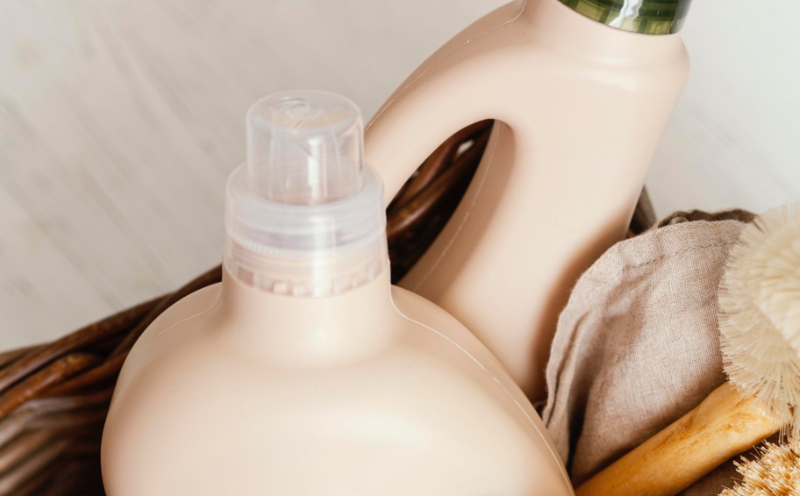
Climate Strategy
Challenges and Commitments
GGC is aware of the risks of climate change and the impact of greenhouse gases that have increased in severity, as well as risks from natural disasters such as drought, floods, monsoons, etc., which can affect GGC's business operations and may cause disruption of business operations in the value chain. Therefore, GGC is committed to managing climate change to achieve international goals. GGC has expressed its position to participate in the implementation of the agreements of the 26th and 27th United Nations Convention on Climate Change (COP26 and COP27). GGC strives to mitigate impacts and manage greenhouse gases, develop energy efficiency in the production process cost-effectively and with full efficiency, as well as reduce greenhouse gas emissions from GGC's production activities.
Key Stakeholders
Employee
Community
Shareholder, Investor and Analyst
Government
Supplier and Business Partner
Customer
Goals
20%
by 2030 compared to 2020 base year.
Net Zero
(Scope 1 and 2) by 2050.
50%
by 2050
Management Approach
Climate Change Management Structure
The main strategy for climate change management is defining a risk management structure which consists of the Chairman, Directors and Chief Executive Officer. Each management level is assigned their respective duties and responsibilities:
| Supervision Level | Duties and Responsibilities |
|---|---|
| Supervision Level: Chairman | Duties and Responsibilities:
Supervise, formulate strategies, set operational plans, and monitor the performance of risk and opportunity management of the organization that may be caused by climate change in order to set measures to mitigate the risks and form a suitable framework for GGC’s operations. This includes preparation for GGC to fully support the move towards a low carbon economy that may lead to the discovery of new business opportunities in the future. |
| Supervision Level: Board | Duties and Responsibilities:
The Risk Management Committee and the Corporate Governance and Sustainable Development Committee are responsible for monitoring regulations related to climate change so that GGC can respond quickly to changes, whether in the form of energy efficiency, alternative energy applications, or setting greenhouse gas emission targets. |
| Supervision Level: Chief Executive Officer (CEO) | Duties and Responsibilities:
The CEO is responsible for the distribution of work and management of company operations according to the strategies, policies, and budgets that have been allocated. This includes the formulation of support plans and control of operations to achieve GGC’s short-term and long-term targets. |
Approaches to Dealing with Climate Change
GRI 201-2 (2016)
GGC has set a goal to achieve net zero greenhouse gas emissions by 2050 through the Decarbonization Pathway action plan, which consists of operating Efficiency-Driven, Portfolio-Driven, Compensation Driven business operations, as well as a plan to expand the scope of operations to cover GHG Scope 3 Other Indirect Emissions throughout the value chain.
GGC has performed a Climate Risk and Opportunity Assessment, as well as an assessment of the impact on the business sector according to the Task Force on Climate-related Financial Disclosures (TCFD), which is part of the strategy enhancement and the enhancement of reporting on climate change.
Action Plan
- Efficiency Driven: Increasing operational efficiency and reducing waste emissions through 2 main management guidelines, consisting of:
- Using low-carbon energy sources or renewable heat and power
- Low-carbon energy sources such as natural gas.
- Renewable energy sources such as solar energy, biomass energy, and biogas energy.
- Process Efficiency Measures
- Capital investment for Efficiency Enhancement)
- Real-Time Monitoring and Data-Driven Operational Optimization
- Proactive Maintenance
- Using low-carbon energy sources or renewable heat and power
- Portfolio Driven: Maintaining the growth of the organization through investing in businesses that are environmentally friendly, consisting of:
- Palm-derived products: HEFA/ FA2/ Fatty alcohol ethoxylate/ FA Derivatives
- Sugar cane-derived products: Ethanol/ Alcohol-to-Jet (ATJ)/ Bio-ethylene/ Green MeOH/ Electricity & Steam
- Other products, such as Food and Nutraceuticals
- Compensation Driven: Application of natural carbon absorption methods and the pursuit of carbon absorption technology to support operations in order to achieve goals with maximum efficiency.
- Carbon Offsets
- Renewable Energy Certificates (REC)
- Participating in the Thailand Voluntary Emission Reduction Program (T-VER) or requesting certification according to the certified Carbon Standard of the international agency VERRA.
- Nature-based solution
- Reafforestation
- Technology-based solution
- Carbon Capture and Storage (CCS)
- Carbon Offsets
For more about projects based on climate change strategies, see the 2024 Integrated Sustainability Report
- Renewable Energy from Biogas: GGC uses biogas as an alternative energy source to reduce the consumption of fuel oil. Waste generated from production is used as raw material for biogas production, and it is anticipated that in the future, the Company will increase the proportion of renewable energy used from biogas.
- Care the Wild ‘‘Plant & Protect’’ Project: GGC has participated in reforestation efforts and promoted tree care, transforming the area into a true forest in Kanchanaburi. Regular monitoring and evaluation of tree planting progress are conducted.
- Green Heart Project: GGC initiated a tree planting project in 2020, which continues to this day. The project aims to engage the community in creating green spaces, conserving forest resources, and promoting biodiversity.
- Carbon Credit SPOPP CLIMA: GGC explores and prepares to become a Carbon Credit Trader by selling agricultural carbon credits. This builds on the SPOPP project, where carbon credit creation generates additional income for GGC and small-scale farmers. The project is expected to launch in 2025.
- Low carbon Products: GGC’s products have been certified with Carbon Footprint Product (CFP) labels and Carbon Footprint Reduction (CFR) labels.
For more details on GHG emissions performance, see Performance Data
Internal Carbon Pricing (ICP)
GGC has developed an Internal Carbon Pricing (ICP) mechanism to serving as a tool to reflect the cost of GHG emissions. This mechanism supports decision making across all operations and investments while also driving progress toward the GGC Decarbonization Roadmap.
The development of ICP is based on two key factors: internal and external inputs. Internally, it incorporates the GGC Decarbonization Roadmap and GHG accounting data. Externally, it considers regulatory and policy trends as well as carbon market data to evaluate potential financial impacts. In addition, GGC has integrated rating and reporting standards such as TCFD, which focuses on climate-related risk disclosure, into the ICP framework to enhance transparency and align with global best practices.
The implementation of ICP also supports GGC in preparing for future regulations such as a carbon tax and an emission trading system, which are currently under consideration in Thailand. ICP serves as a proactive tool that enables GGC to anticipate and adapt to emerging regulatory requirements related to climate change.
| The Use of Internal Carbon Pricing (ICP) and Its Benefits to GGC’s Business | |
|---|---|
| Existing Assets |
|
| New Investment |
|
Based on its study, GGC applies ICP in the form of both a shadow price and a carbon fee to support investment assessment and decision-making. The ICP is set at 25 USD per ton of CO2, equivalent to approximately 807 THB per ton of CO2, and covers GHG emissions from Scope 1, 2, and 3. This price is determined with reference to both domestic and international carbon market benchmarks. In addition, GGC reviews and updates its carbon price annually.






